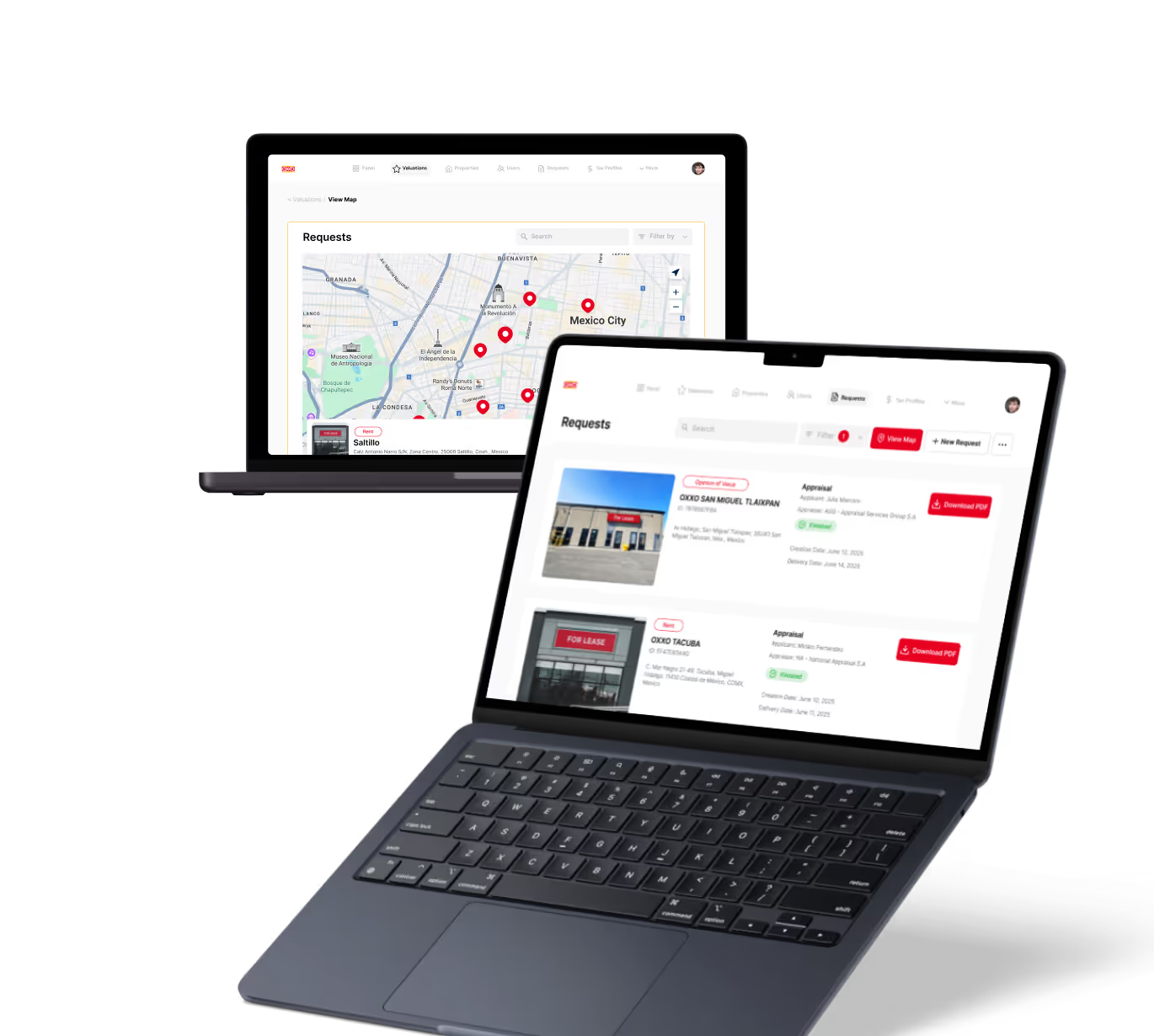MoSCoW Prioritization in Product Management
Product Management
Learn how MoSCoW prioritization helps product managers decide what features to build first for better results.
Introduction to MoSCoW Prioritization
When managing a product, deciding which features to build first can be tough. You want to deliver value quickly while keeping the project manageable. That’s where MoSCoW prioritization comes in. It’s a simple method that helps you and your team focus on what really matters.
MoSCoW stands for Must have, Should have, Could have, and Won't have. This method helps you sort features and tasks by importance. By using it, you can make clear decisions and keep your product development on track.
What Is MoSCoW Prioritization?
MoSCoW prioritization is a technique used to rank features or requirements based on their importance. It breaks down tasks into four categories:
- Must have: Essential features without which the product fails.
- Should have: Important but not critical features that add significant value.
- Could have: Nice-to-have features that improve user experience but are optional.
- Won't have: Features that are out of scope for now or will be dropped.
This method helps teams focus on delivering the core product first. It also makes it easier to communicate priorities with stakeholders and avoid scope creep.
How to Use MoSCoW in Product Management
Using MoSCoW prioritization is straightforward but requires collaboration. Here’s how you can apply it:
- Gather requirements: Collect all feature ideas and requests from users, stakeholders, and your team.
- Discuss and categorize: Work with your team to assign each feature to one of the MoSCoW categories.
- Validate priorities: Check with stakeholders to ensure priorities align with business goals.
- Plan releases: Use the categories to decide what to build in each product release or sprint.
- Review regularly: Priorities can change, so revisit the list often.
For example, if you are building a mobile app with Glide, you might mark user login as a Must have, push notifications as Should have, custom themes as Could have, and a chatbot as Won't have for now.
Benefits of MoSCoW Prioritization
MoSCoW offers many advantages for product teams. Here are some key benefits:
- Clear focus: Helps teams concentrate on what truly matters.
- Better communication: Makes it easier to explain decisions to stakeholders.
- Flexible planning: Allows adjustments as priorities shift.
- Efficient resource use: Ensures time and effort go to high-impact features.
- Reduced scope creep: Keeps the project from growing uncontrollably.
Tools like Bubble and FlutterFlow support iterative development, making it easy to apply MoSCoW by building Must have features first and adding Could have features later.
Common Challenges and Solutions
While MoSCoW is simple, teams can face challenges:
- Disagreement on priorities: Use data and user feedback to guide decisions.
- Overloading Must haves: Limit Must have features to essentials only.
- Changing requirements: Regularly review and update priorities.
- Stakeholder pressure: Communicate clearly about trade-offs and impacts.
Using automation tools like Make or Zapier can help manage workflows and keep priorities visible to everyone.
Real-World Examples of MoSCoW Prioritization
Many companies use MoSCoW to manage product development effectively. Here are some examples:
- Startup app launch: A startup used MoSCoW to focus on core features like sign-up and payment (Must have), while deferring social sharing (Could have).
- Enterprise software: A SaaS company prioritized compliance features as Must have, user interface improvements as Should have, and advanced analytics as Could have.
- No-code platform: Glide uses MoSCoW internally to decide which integrations to build first, ensuring essential connectors are Must have.
These examples show how MoSCoW helps teams deliver value faster and manage expectations.
Conclusion
MoSCoW prioritization is a powerful tool for product managers. It helps you decide what features to build first and keeps your team focused on delivering value. By categorizing features into Must have, Should have, Could have, and Won't have, you can plan better and communicate clearly.
Whether you’re working with no-code tools like Bubble or managing complex software projects, MoSCoW helps you stay organized and flexible. Try it in your next project to see how it improves your product development process.
FAQs
What does MoSCoW stand for in product management?
How does MoSCoW prioritization improve product development?
Can MoSCoW be used with no-code tools?
What are common mistakes when using MoSCoW?
How often should MoSCoW priorities be reviewed?
Is MoSCoW prioritization suitable for all project types?
Related Terms
See our numbers
315+
entrepreneurs and businesses trust LowCode Agency
Investing in custom business software pays off
We were managing property valuations across multiple brands, and the complexity was overwhelming our traditional processes. Every day of delay in property evaluation meant potential lost revenue and competitive disadvantage.
15,000+
property valuations managed through centralized platform
40%
reduction in valuation processing time

J.Antonio Avalos
,
Product Manager Lead
OXXO



%20(Custom).avif)